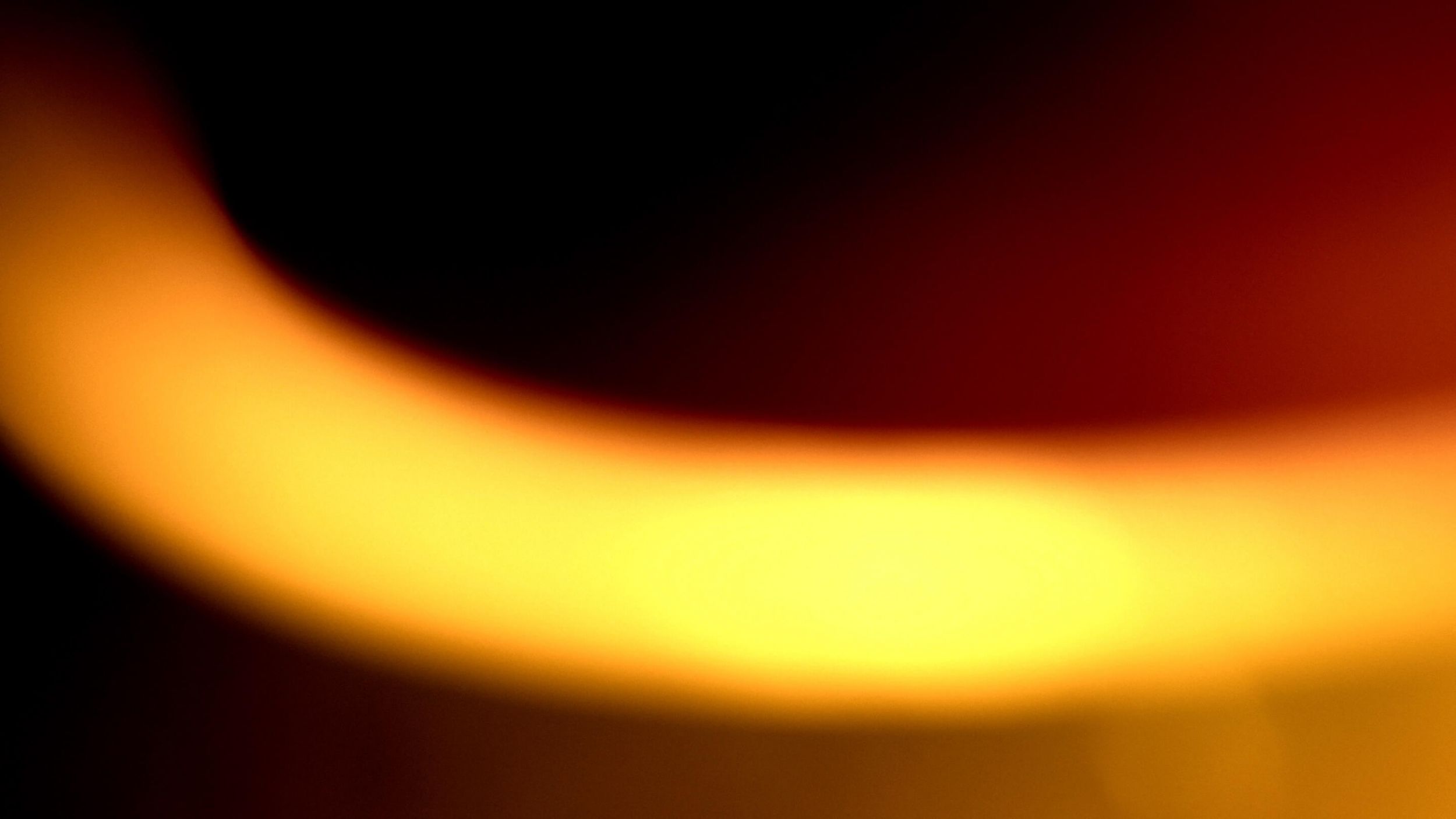Storytelling is a vivid, multi-dimensional medium. One of the lesser-known but crucial elements in this intricate process is the color script. Now, you might be wondering, what exactly is a color script? Why are they used? Let’s look into this fascinating concept and how the practice started.
What is a Color Script in Film Production?
First, let’s define color script
Before we dive into the nuts and bolts of color scripts, let's first establish a clear definition to set the stage for our exploration.
COLOR SCRIPT DEFINITION
What is a color script?
A color script, in its simplest form, is a visual roadmap of a film's story, told through the strategic use of color. It's essentially a sequence of miniatures or digital paintings that mirror the film's key scenes. These miniatures utilize color to evoke certain emotions, set the mood, and highlight pivotal moments in the narrative.
What is a Color Script Used For?
- Conveying emotional arc
- Establishing narrative rhythm
- Visualizing scene transitions
When Did Color Scripting Start?
History and Evolution of Color Scripts
Color scripts, a technique that originated from the animation industry, have been widely recognized for their impact on storytelling. Pixar, often credited for pioneering this practice, showcased the power of color in their 1998 film A Bug's Life, laying the foundation for its use in subsequent animated and live-action films. Here you can see a breakdown of the color script of one of Pixar’s more recent films Luca.
Journey Into Luca's Color Script • Pixar Color Script
With the ability to convey emotions, set the tone, and guide the audience's attention, color scripts have evolved over time, becoming a versatile tool that enhances the visual experience and adds depth to storytelling.
From vibrant hues that evoke excitement to subtle shades that create a sense of mystery, the art of color scripting continues to captivate and engage viewers, leaving a lasting impression on the cinematic landscape.
What is a Color Script Used For?
The Importance of Color Scripts
Color scripts are an integral part of film production, serving multiple purposes. They provide a visual guide for the production team, ensuring alignment with the director's vision.
Additionally, color scripts play a crucial role in setting the tone of each scene, influencing the audience's perception and emotional response to the narrative.
Visual Guide for the Production Team
Color scripts serve as a comprehensive visual reference that helps the entire production team understand and execute the director's vision. By presenting a visual representation of the desired color palette and mood, color scripts ensure that everyone involved in the production is on the same page. This alignment is crucial for creating a cohesive and visually compelling film.
A great example of this can be seen in the use of color by David Fincher throughout his filmography.
Color in David Fincher Movies • Subscribe here
Setting the Tone of Each Scene
One of the key functions of color scripts is to set the tone of each scene. Different colors evoke specific emotions and can greatly impact how the audience perceives and engages with the story. This is the basis of color theory.
Color Theory in Film • Subscribe here
For example, varying color temperatures can have different effects on an audience. Cool colors like blue can create a sense of calm or sadness, while warm colors like red can convey anger or love. By strategically employing color choices, filmmakers can enhance the emotional impact of each scene and guide the viewers' emotional journey throughout the film.
Color scripts are an invaluable tool in film production. They provide a visual guide for the production team and help set the desired tone for each scene. By carefully planning color transitions, filmmakers can effectively communicate emotions and guide the audience's emotional experience throughout the film.
Related Posts
Color Scripting Basics
How to Make a Color Script
Creating a color script is a meticulous process that requires both creative vision and strategic thinking. Here's a basic step-by-step guide:
Conceptualization: Start by understanding the story's core narrative, characters, and emotional arcs. This will help you identify key moments where color can enhance the storytelling.
Sketching: Create rough sketches of key scenes, paying attention to lighting, composition, and potential color schemes.
Color Selection: Choose colors that align with the mood and tone of each scene. Remember, colors carry emotional weight, so choose wisely!
Revision and Refinement: Review your color script with your team, gather feedback, and refine as needed. This is an iterative process, so don't be afraid to make changes.
Color scripts are a powerful tool in film production, serving as a visual language that enhances storytelling. While often overlooked, they play a crucial role in setting the film's mood, highlighting pivotal moments, and guiding the audience's emotional response.
Remember, filmmaking is as much a science as it is an art, and color scripts are the perfect blend of both. So, why not try incorporating them into your next project? You might be surprised at the depth and dimension they can add to your storytelling.
Up Next
What is Color Theory?
Having laid the groundwork on color scripts and their seminal role in film production, let's pivot to an allied topic that underpins this art form: color theory.
